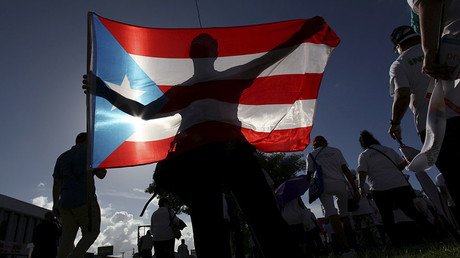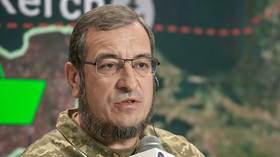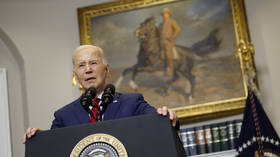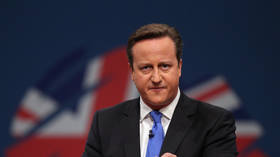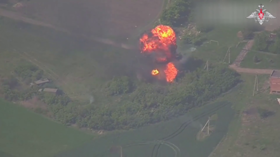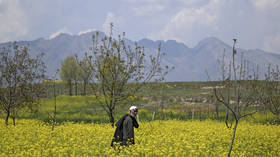Puerto Rico banks on medical marijuana to counter fiscal crisis
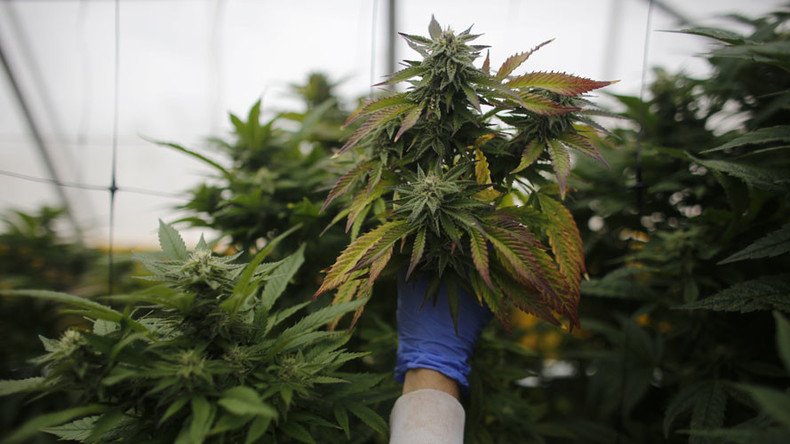
Puerto Rico is pinning its future on medical marijuana production to lift it out of its dire financial crisis. The US territory is over $70 billion in debt after decades of economic stagnation.
Puerto Rico’s new governor legalized medical marijuana by decree two years ago. Democratic Governor Ricardo Rossello signed a measure last month which legalizes and regulates the plant for medicinal use.
“This advanced legislation recognizes medical cannabis as an alternative medical treatment, while maintaining all safeguards to protect the general public,” Rossello said signing the law, according to leafly.com
Puerto Rico betting on medical marijuana to help ease crisis - Seattle Times https://t.co/uT8Or5Q85S#medicalmaijuanapic.twitter.com/oXqiQgDHaC
— Green Garden Goodies (@gggoodiesmmj) August 1, 2017
With over $70 billion in public debt, backers envision fields of marijuana, manufacturing centers and dispensaries on the Caribbean island that’s home to 3.5 million people.
Puerto Rico has some advantages compared to the 29 US states where some form of marijuana is legal: Its tax rates on the industry are lower and it’s not subject to a federal law that prohibits investors from deducting cannabis-related operating expenses for tax purposes.
“A lot of people were waiting for this law,” attorney Goodwin Aldarondo, president of consulting company Puerto Rico Legal Marijuana, told AP. “It’s the only viable alternative we have to solve the economic situation. It’s been many, many years since Puerto Rico has had a new industry.”
Medical marijuana industry in Puerto Rico (12.3% unemployment) projected to create 50k jobs and $50m per month https://t.co/VXUKsYUZaD
— Alexi McCammond (@leximccammond) July 12, 2017
Investors on the island have spent more than $3 million to obtain health department licenses to cultivate, manufacture and sell medical marijuana.
The island currently has 27 dispensaries, 11 plant facilities, five manufacturing centers and two laboratories responsible for analyzing all medical marijuana before it’s sold.
The health department has certified nearly 300 doctors to prescribe marijuana.
Almost 9,000 Puerto Ricans have paid $25 a year for a permit to use medical marijuana to treat at least 14 approved conditions, including HIV, cancer, multiple sclerosis, migraines, anxiety and epilepsy.
The island’s treasury secretary estimated the industry could generate up to $100 million a year and help cut Puerto Rico’s unemployment rate, presently around 12 percent.
Colorado ‒ the most established US state with a recreational marijuana market ‒ earned $200 million in state tax revenue last year, according to the Marijuana Policy Group.
“Name one new industry in Puerto Rico capable of generating millions and billions in capital and improving an economy in a mega-crisis. There is none,” said David Quinones, operations director of Natural Ventures, the island’s largest medical marijuana producer.
Puerto Rico economist Indira Luciano, argue the government projections are inflated and don’t take into account price of production, availability of other treatments, wages on an island and the 45 percent poverty rate. She wants the measure to be expanded.
The economy would receive a bigger boost if Puerto Rico went further and legalized recreational marijuana, she said.
“The stricter the law, the less economic impact it will have,” she added.
Puerto Rico is restructuring its debt under a special law enacted by President Barack Obama in 2016, known as PROMESA (Puerto Rico Oversight, Management, and Economic Stability Act), which appointed a special oversight board to help the territory cope with its debt burden.
The oversight body has signaled that it wants more of the restructuring burden to fall on creditors, according to the Wall Street Journal, proposing a 10 percent cut in pension benefits. The island’s creditors are also fighting each other over priority in getting repaid while the territory’s officials are seeking greater financial flexibility.
